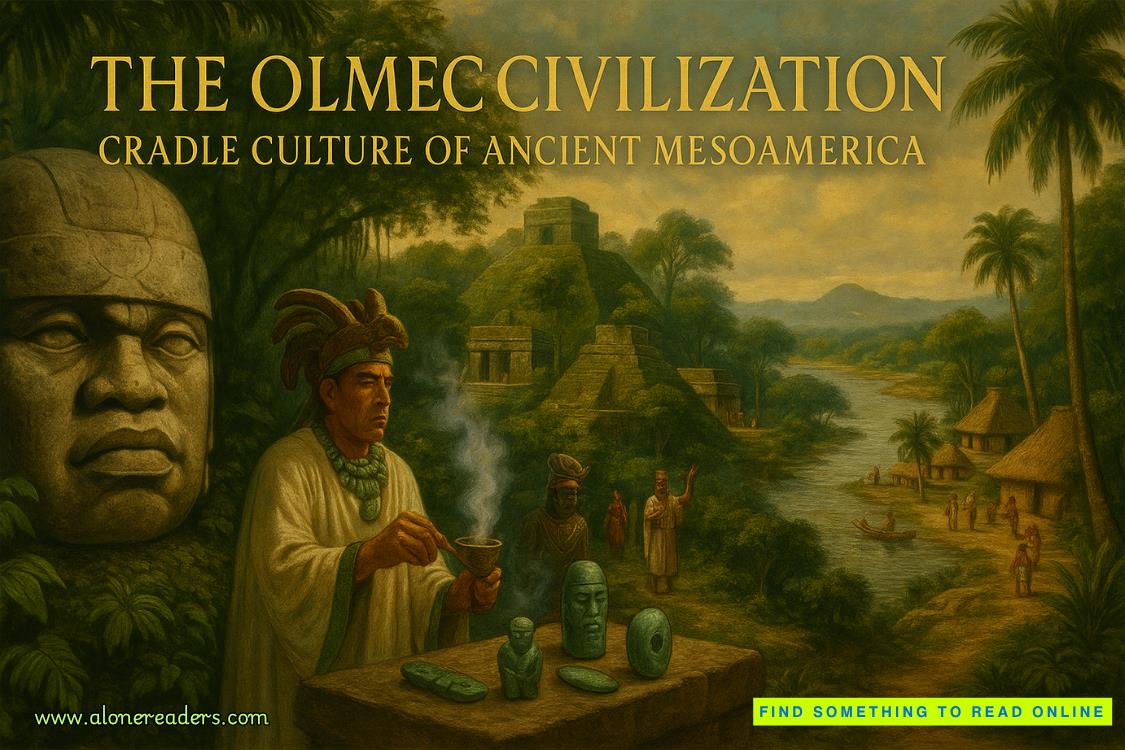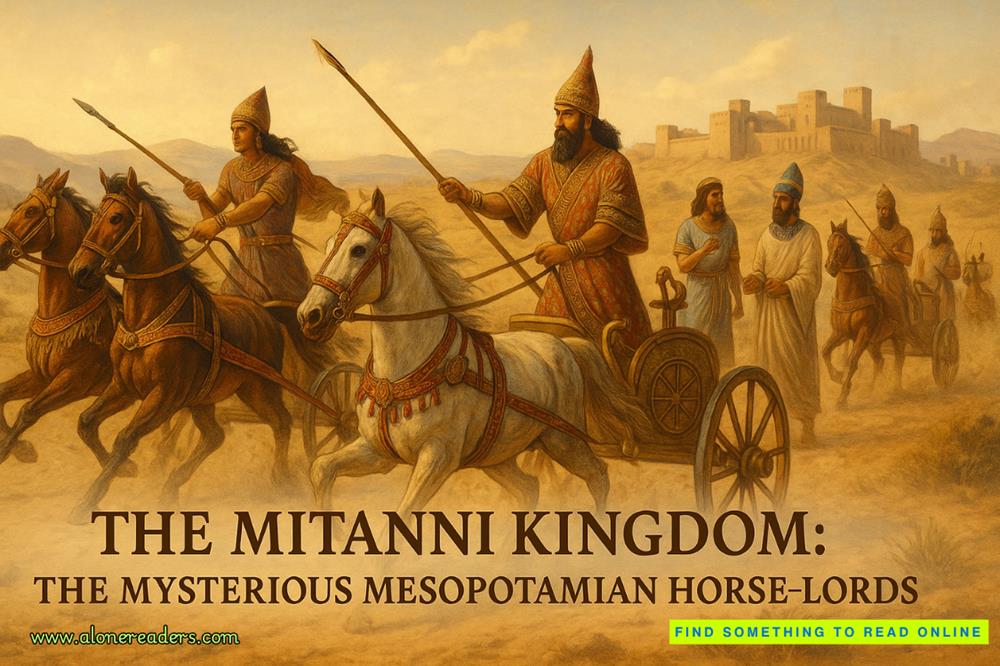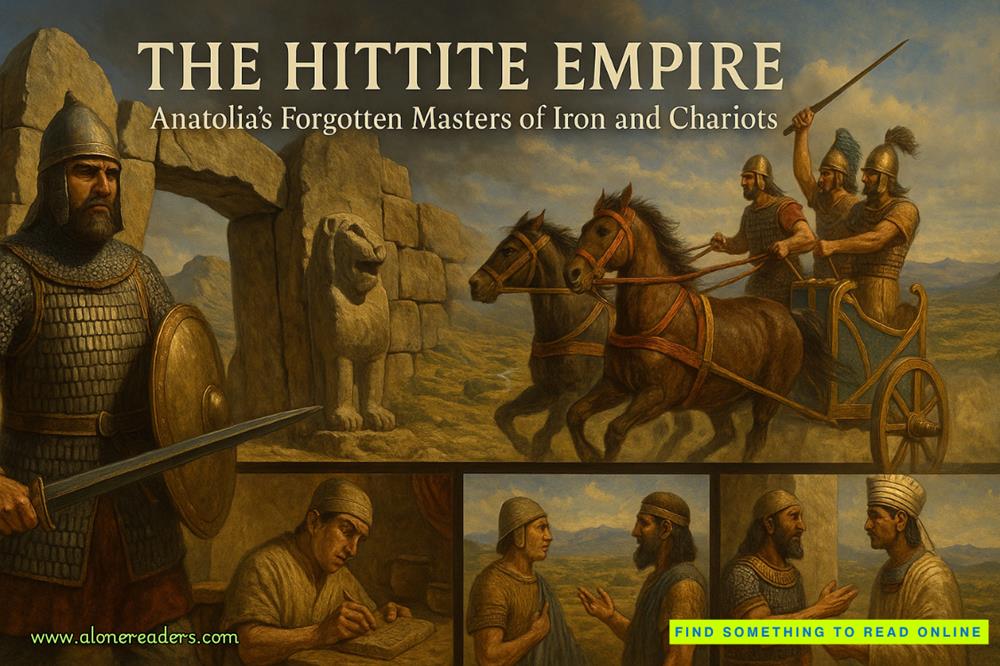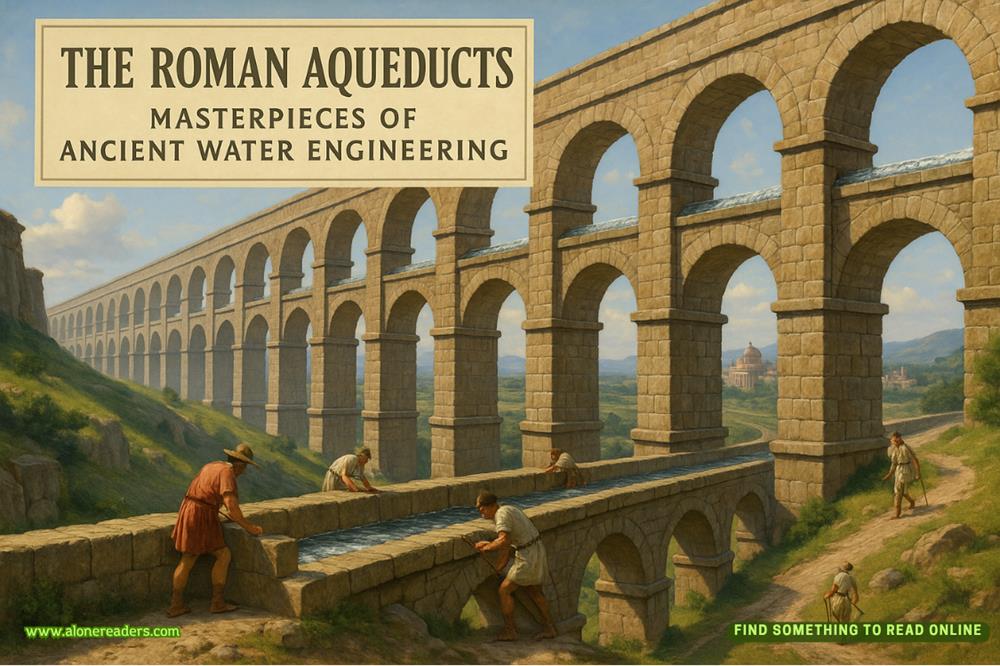Page 55 of My Ishmael (Ishmael 3)
“Your greatest task in the decades ahead is to be inventive—not for machines but for yourselves. Does that make sense to you?”
“Yes.”
“Then maybe there are some things we can learn about inventiveness from the greatest outpouring of inventiveness in human history. Does that sound plausible?”
“Yes, absolutely.”
“So, once again, how did it work?”
“The Industrial Revolution? God, I don’t know.”
“Did an Industrial Revolutionary Army move into the capital and seize the reins of power? Did it round up the royal family and guillotine them?”
“No.”
“Then how did it work?”
“God … Are you asking me about cartels and monopolies?”
“No, nothing of the sort. I’m not looking into money, I’m looking into inventiveness. Try it this way, Julie. How did the Industrial Revolution start?”
“Oh. Okay. I remember that. It’s all I do remember. James Watt. The steam engine. Seventeen hundred and something.”
“Excellent, Julie. James Watt, the steam engine, seventeen hundred and something. James Watt is often credited with inventing the steam engine that started it all, but this is a misleading simplification that misses the whole point of this revolution. James Watt in 1763 merely improved on an engine designed in 1712 by Thomas Newcomen, who had merely improved on an engine designed in 1702 by Thomas Savery, who doubtless knew the engine described in 1663 by Edward Somerset, which was only a variation of Salomon de Caus’s 1615 steam fountain, which was in fact very like a device described thirteen years earlier by Giambattista della Porta, who was the first to make any significant use of steam power since the time of Hero of Alexander in the first century of the Christian era. This is an excellent demonstration of how the Industrial Revolution worked. But I don’t imagine you see it quite yet, so I’ll give you another example.
“Steam engines wouldn’t have had much utility without coked coal, which is flameless and smokeless. The coking of coal produces coal gas, which originally was simply vented as worthless. But by the 1790s it was beginning to be burned in factories, both to run equipment and to produce light. But coking coal to produce coal gas generated another waste product, coal tar, a nasty, smelly sludge that was especially difficult to get rid of. German chemists reasoned that it was foolish to work to get rid of it when there might be something useful to do with it. Distilling coal tar, they produced kerosene, a new fuel, and creosote, a tarry substance that was found to be a wonderful wood preservative. Since creosote kept wood from rotting, it seemed reasonable to suppose that similar results might be obtained from other coal-tar derivatives. In one such experiment, carbolic acid was used to inhibit putrefaction in sewage. Hearing of this effect of the material in 1865, the English surgeon Joseph Lister wondered if it might prevent putrefaction in human flesh wounds (which at that time made all surgery life-threatening). It did. Still another derivative was carbon black, the residue left by the smoke of burned coal tar. This found one use in a kind of carbon paper invented by Cyrus Dalkin in 1823. It found another use when Thomas Edison discovered that he could amplify telephonic sound by inserting a pellet of carbon black in the receiver.”
Ishmael looked at me hopefully. I told him coal tar was a lot more useful than I’d imagined. “I’m sorry,” I added. “I know I’m missing the point.”
“You’ve asked me what to do, Julie, and I’ve given one blanket directive: Be inventive. Now I’m trying to show you what it means to be inventive. I’m trying to show you how the greatest period of human inventiveness worked: The Industrial Revolution was the product of a million small beginnings, a million great little ideas, a million modest innovations and improvements over previous inventions. These millions aren’t exaggerations, I think. Over a period of three hundred years, hundreds of thousands of you, acting almost exclusively from motives of self-interest, have transformed the human world by broadcasting ideas and discoveries and furthering these ideas and discoveries by taking them step-by-step to new ideas and discoveries.
“I know that there are Luddite puritans among you who think of the Industrial Revolution as the work of the devil, but I’m certainly not one of them, Julie. Partly because it didn’t proceed according to any theoretical design, the Industrial Revolution was not a utopian undertaking—unlike things like your schools, your prisons, your courts, your governmental structures. It didn’t depend on people being better than they are. In fact, it depended on people being just what they’ve always been. Give them gaslight and they’ll abandon candles. Give them electri
c light and they’ll abandon gaslight. Offer them shoes that are attractive and comfortable and they’ll abandon shoes that are ugly and uncomfortable. Offer them electric sewing machines and they’ll abandon foot-driven sewing machines. Offer them color television and they’ll abandon black-and-white television.
“It’s tremendously important to notice that the wealth of human inventiveness that was generated by the Industrial Revolution was broadcast and not concentrated into the hands of a privileged few. I’m not referring to the products that were turned out but rather to the intellectual wealth that was generated. No one could lock up either the inventive process itself or the discoveries it produced. Every time some new device or process came out, everyone was free to say, ‘I can do something with that.’ Everyone was free to say, ‘I can take this idea and build on it.’ Everyone was free to say, ‘I can use this idea in a way its inventor never dreamed of.’ ”
“Well,” I told him, “it certainly never occurred to me to think of the Industrial Revolution this way.”
“It’s important to note that I’m not proposing it as a candidate for sanctification. I’m not recommending its goals or its shameful features—its relentless materialism, its appalling wastefulness, its enormous appetite for irreplaceable resources, its readiness to flow wherever greed took it. I’m recommending only its mode of operation, which released the greatest and most democratic outpouring of human creativity in human history. Far from thinking about ‘giving up’ things, you’ve got to be thinking now about releasing just such another outpouring of human creativity—one that is not directed toward turning out product wealth but rather turning out the kind of wealth you threw away to make yourselves the rulers of the world and now so desperately crave.”
“Give me an example, Ishmael. Give me an example.”
“The Seattle project that we just discussed is an example. This would be the equivalent of Salomon de Caus’s 1615 steam fountain, Julie. Not a last word, just a beginning. People in Los Angeles would look at their experiment and say, ‘Yes, that’s not bad, but we can do something better here.’ And people in Detroit would look at the Los Angeles effort and find a different angle of attack to use in their own city.”
“Give me another example.”
“The people of Peoria, Illinois, say, ‘Look, maybe we could head toward the tribal model by building on the Sudbury Valley School in Framingham, Massachusetts. We could pension off our teachers, close the schools, and open up the city to our children. Let them learn anything they want. We could take that risk. We believe in our kids to that extent.’ This is an experiment that would draw national attention. Everyone would be watching to see how well it worked. I personally have no doubt that it would be a tremendous success—provided they really let the kids follow their noses instead of subverting the project with curricula. But of course the Peoria model would just be the beginning. Other cities would see ways to enrich it, surpass it.”
“Okay. One more example, please.”
“You know, Julie, health-care workers aren’t universally overjoyed to be part of the moneymaking machine that health care has become in this country. Many actually went into health care for entirely different reasons than to get rich. Maybe in Albuquerque, New Mexico, they could get together and take the system in a whole new direction. Maybe it will occur to them that there’s already a sort of James Watt in this field, a physician by the name of Patch Adams, who started the Gesundheit Institute, a hospital in Virginia where people are treated free of charge. But maybe they need the additional inspiration of seeing similar things happening elsewhere—things like the Seattle project and the Peoria project. This is how the Industrial Revolution worked, Julie. People saw other people figuring out how to make things work and were inspired to try it themselves.”
“I think the biggest obstacle to all these things would be the government.”
“Of course, Julie. That’s what governments are there for, to keep good things from happening. But I’m afraid I have to say that if you can’t even manage to force your own presumably democratic governments to allow you to do good things for yourselves, then you probably deserve to become extinct.”
“I agree.”















